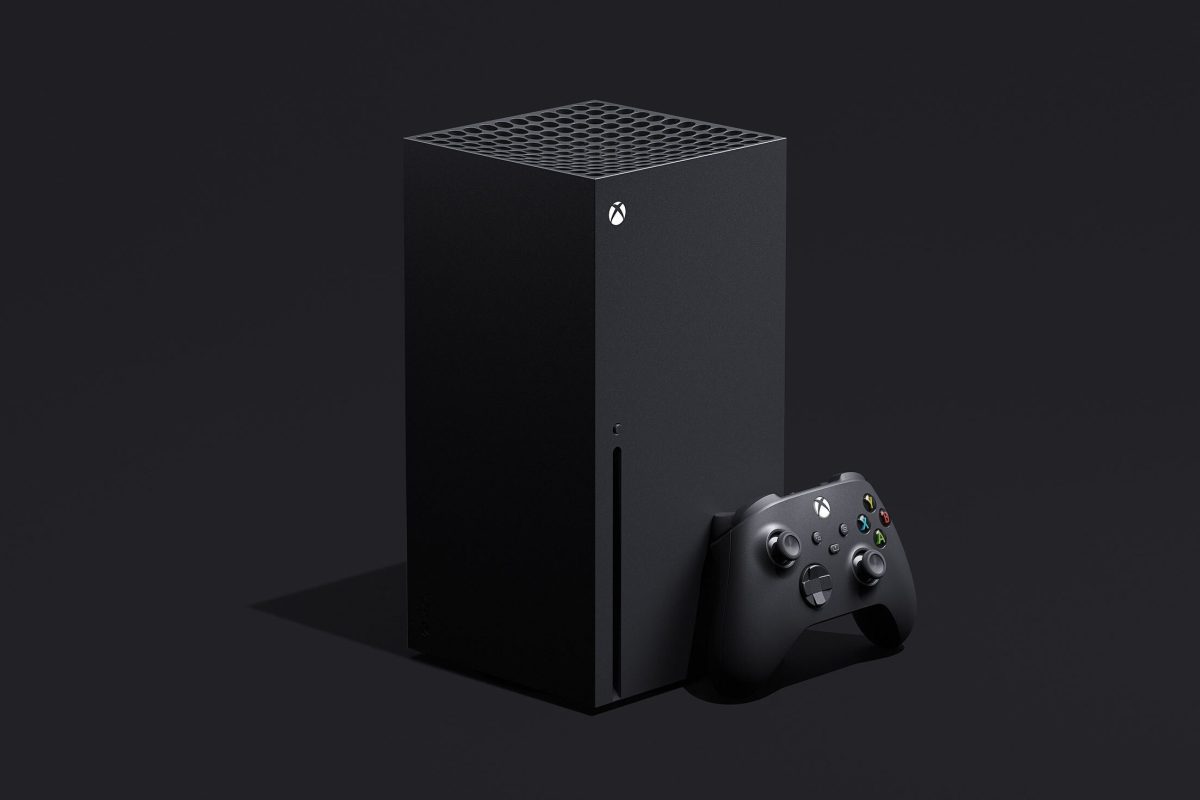Courtesy of Wired
The ninth generation of home video game consoles finally arrived last week with the launch of the Xbox Series X, Xbox Series S and the PlayStation 5. Regarding the packaging of the Xbox Series X, IGN’s Ryan McCaffrey couldn’t have said it any better: “From the moment you open the Xbox Series X box, it makes a great first impression with a presentation reminiscent of an Apple product. It’s clear that every aspect of that process has been carefully considered, including the console’s central, isolated placement in the box, making it feel like you’re opening a present. It’s befitting of a premium $500 device.” The console itself is very nicely packaged and has substantial heft and weight to it. The Series X is really meant to be placed upright, as opposed to on its side like prior Xbox consoles. It commands a great presence and great attention when it’s in your gaming setup. The overall design is very minimalist, with the concave top and the green accents being a really nice touch to prevent the console from being a completely black monolith.
The power button is a tactile button compared to the touch sensor button on the Xbox One; the power button makes the same exact “power on” sound as the Xbox One and it has a very nice feel. Unlike the Xbox One, there is no power brick for the Series X; you just plug the power cable straight into the console itself. The interface is the same exact interface used on the Xbox One currently and it’s very familiar and easy to get into — no learning curve required to learn a new layout and such when setting up the console. During setup, you are asked if you want to import your current settings from your Xbox One. Doing so will import all of your currently installed apps and games that are digital downloads.
The controller itself feels very familiar and while it’s not a complete revision from the Xbox One controller, it is an improved version of it with textured feel on the grips and triggers with a little bit of grip on the very edge of the bumpers where it says LB and RB a much improved D-pad which is similar to the Elite series D-pad; it’s concave, has a very nice tactile feel and makes a nice responsive clicking noise. This makes a very good cheap alternative to the elite series controller for the budget-conscious gamer. Furthermore, the new D-pad is definitely ideal for fans of fighting games who use the D-pad to move and pull off complex attacks in games like “Marvel vs. Capcom.” Another great thing about the new controller is that it is backward-compatible with the Xbox One family of consoles. Likewise, all controllers from the Xbox One era are forwards-compatible with the Series X and Series S including the Elite Series 2 controller.
Microsoft also added a screen capture button to take screenshots and record gameplay clips, which is a much easier and much-marketed improvement over how it was done on the Xbox One which took frankly longer compared to the current controller—you had to press the home button and then press a quart the corresponding button to take a screenshot or record a clip on a specific time delay that you set up in the settings.
The graphics in a game with Series X/Series S enhancements, like “Forza Horizon 4,” are so much crisper in 4K and 60 fps (frames per second) and the load times are insanely quick, I couldn’t believe my eyes that it only took a matter of seconds for the game to load from the start screen and between races. “Forza Horizon 4” looked good on my first-generation Xbox One, but I was missing out on the 4K enhancements that were only available on the Xbox One X. The comparison between how “Forza Horizon 4” runs and appears on the Series X and Xbox One is night and day.
Overall, the Series X has a very familiar feel to it for those who are making the transition from the Xbox One to the Xbox Series X. The main menus are exactly the same as the menus from the Xbox One. Even the controller maintains what made the Xbox controller, which is considered to be one of the best controllers made, very successful with some welcome upgrades and additions such as the textured grip and triggers and the Elite-style D-pad. The $500 upgrade is absolutely worth the price. Once you fire up a game and are launched into smooth, native 4K amazingly quickly that the Series X proves it is worth paying for to bring new life into Xbox One games that have gotten enhancements for the Series X.







